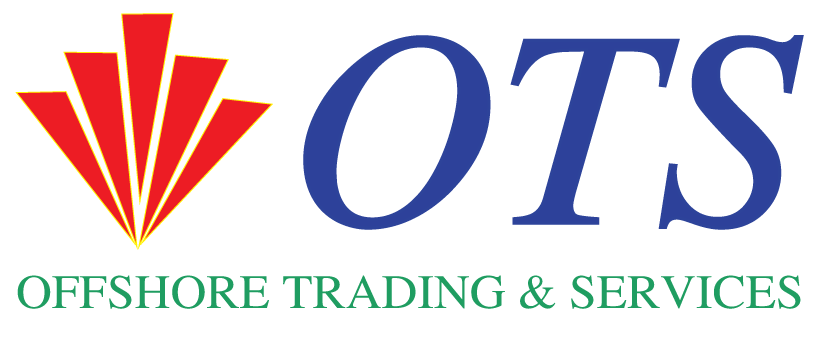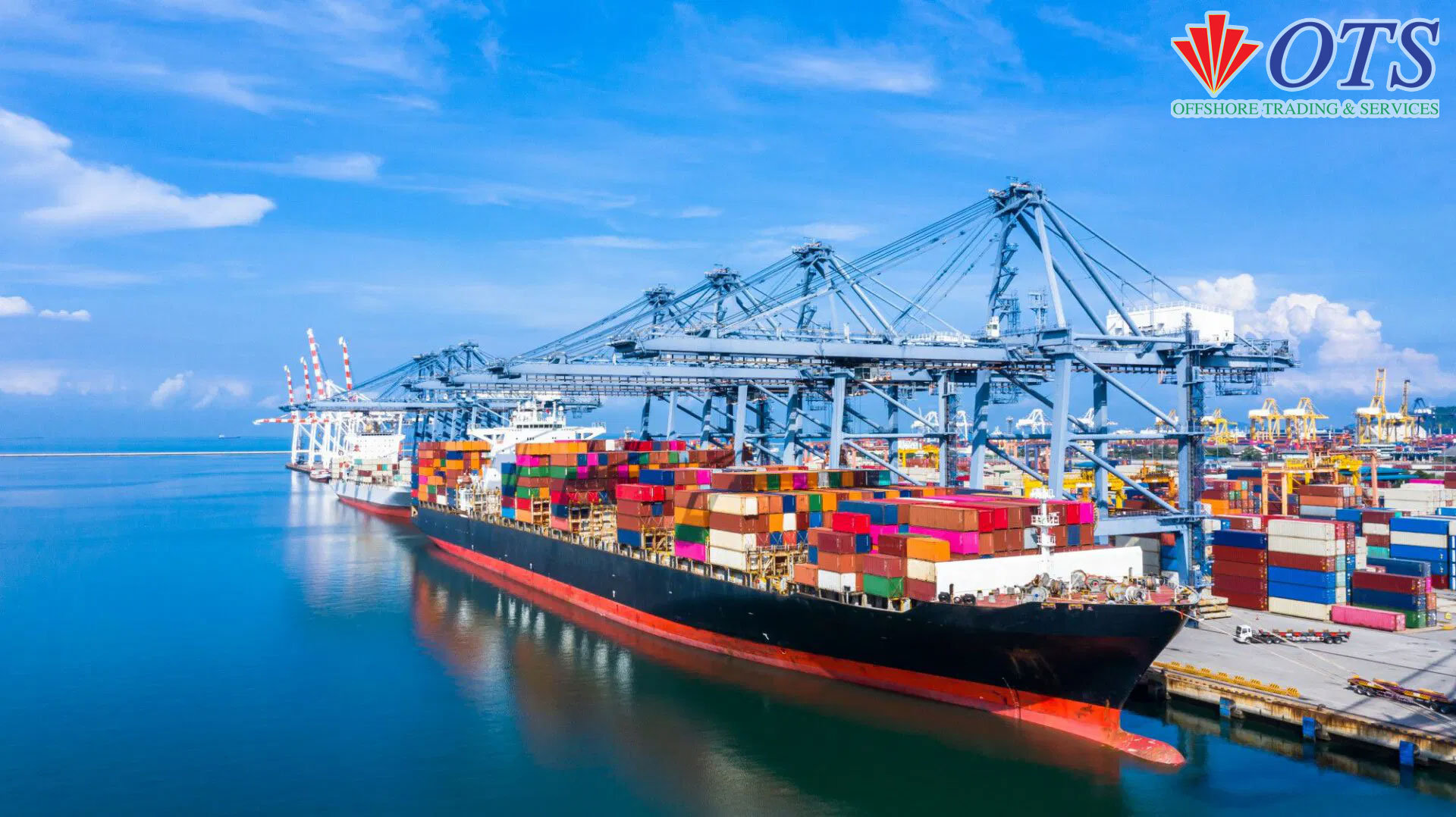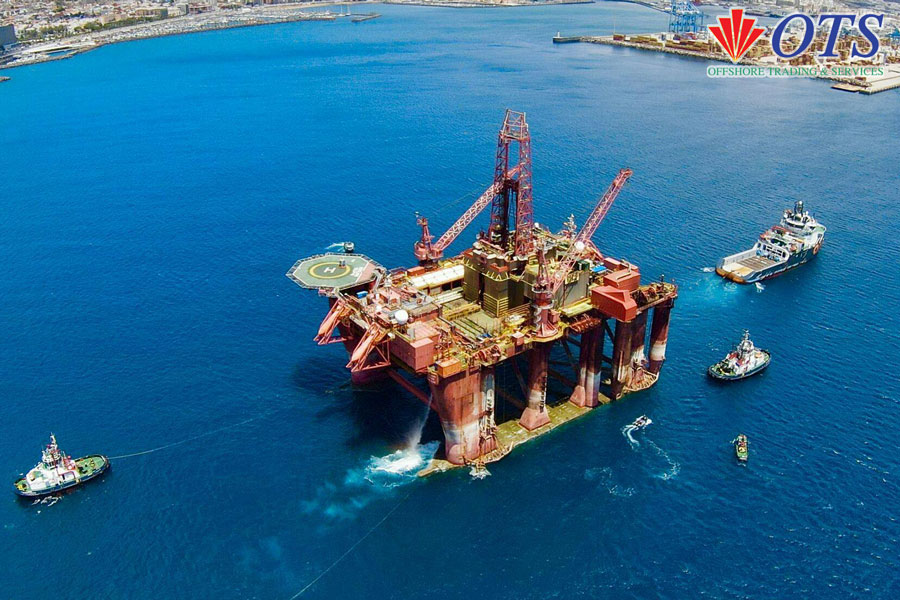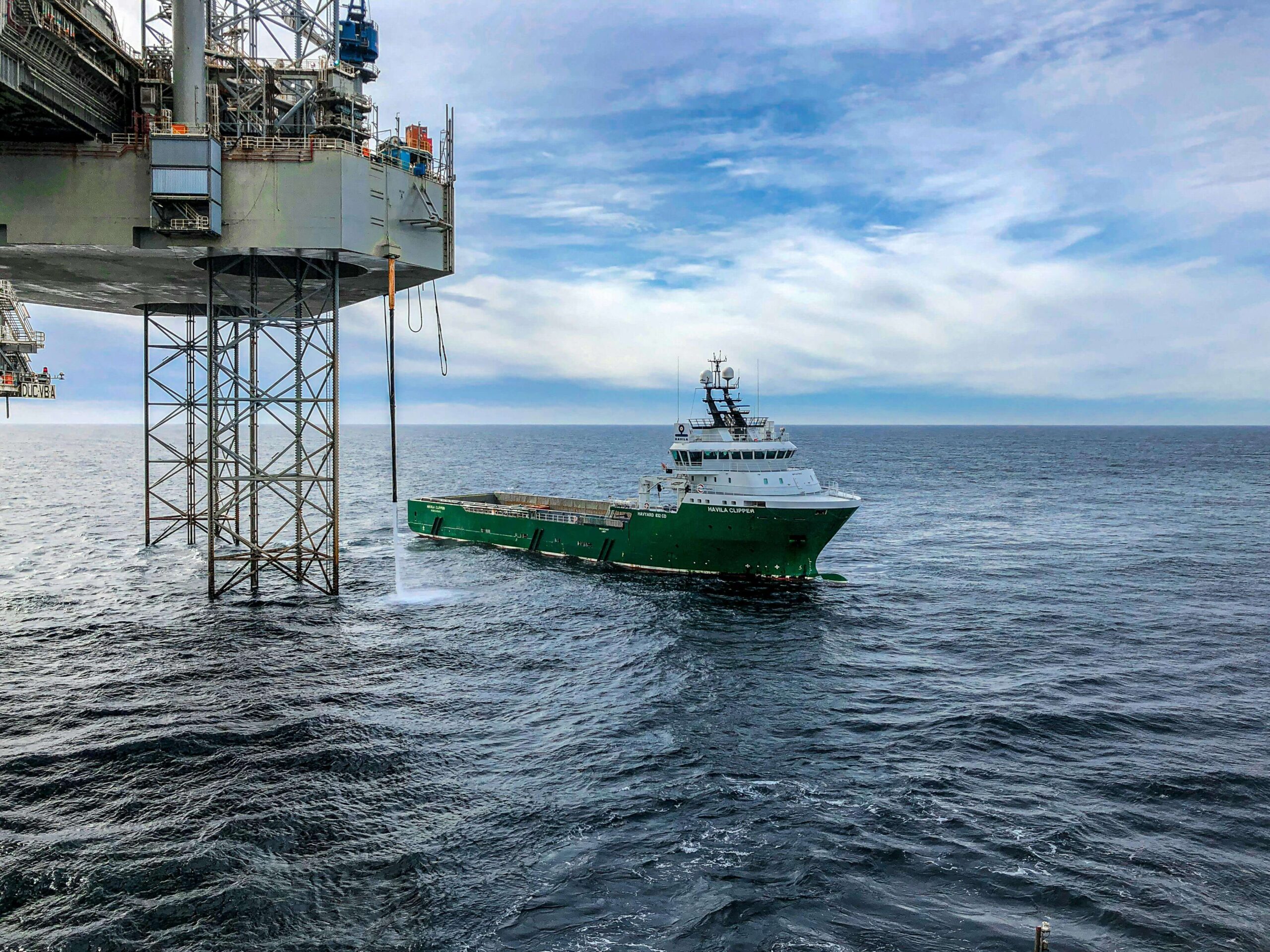Wind Turbine Maintenance: A Comprehensive Strategy for Maximizing Power Output and Extending Equipment Lifespan
Wind energy is a clean, renewable, cost-competitive, and reliable power source. Wind turbines play a vital role in achieving global energy efficiency objectives, with renewable energy sources expected to contribute significantly to the world’s electricity supply in the coming years. This reliance on wind farms necessitates regular and periodic maintenance (O&M) to ensure long-term operational effectiveness, extend their functional lifespan, and maximize power output and financial returns.

Cost Management and Modern Operational Strategies
Operation and Maintenance (O&M) costs represent a considerable financial challenge for wind power producers. For newly commissioned turbines, O&M expenses can account for a substantial percentage of the total cost per kilowatt-hour produced throughout the turbine’s operational life. This percentage tends to increase significantly toward the end of the asset’s lifespan.
Controlling and forecasting potential failures is crucial for reducing costs, particularly by minimizing both scheduled and unexpected maintenance expenses. O&M costs typically cover insurance, routine maintenance (scheduled and sudden), spare parts, and general management.
Core Maintenance Methodologies
Wind power projects generally implement a combination of maintenance strategies to ensure continuous, safe operation and optimal performance.
Corrective Maintenance (CM)
This approach involves carrying out inspection and repair activities only after a turbine component has failed or malfunctioned. While components are utilized until failure, this strategy often results in large operating losses due to high repair costs, disruption of the operating schedule, and a high probability of requiring major component replacement.
Preventive Maintenance (PM)
This strategy establishes regular inspection and maintenance schedules for turbine components based on failure frequency and expected lifespan. Preventive Maintenance ensures routine tasks are performed on time and according to technical procedures. It includes visual inspections of the blades, nacelle, and tower structure to detect damage or wear early.
Condition-Based Maintenance (CBM)
Condition-Based Maintenance (CBM) is considered the most efficient approach. Engineers utilize operational data from the Supervisory Control and Data Acquisition (SCADA) system to proactively detect and address developing malfunctions. CBM ensures turbines operate at maximum capacity and uptime, enabling proactive problem resolution, reducing repair costs, and simplifying logistics.
Advanced Technical Inspection and Component Integrity
Detailed periodic inspection protocols contribute significantly to maintaining effective long-term operation. This requires advanced diagnostic techniques applied across all major components.
Rotor Blade Examination and Repair
Rotor blades are key structural components subjected to immense loads. Typically made from composite materials such as fiberglass and carbon fiber in resin, they combine lightness, durability, and density for high-speed operation.
Blade Condition and Failure Modes
Common issues that severely impact aerodynamic performance and energy output include leading-edge erosion, lightning strike damage, blistering, delamination, and structural faults.
Repairing blades is often a more cost-effective solution than full replacement, helping minimize downtime and maximize output. The repair process often involves surface preparation, repainting, and applying anti-corrosion layers.
Inspection Techniques
To detect damage early, blade inspections are performed frequently, often monthly or quarterly. Common inspection methods include:
-
Remote access technology such as drones to inspect external and internal blade surfaces.
-
Crawler devices to collect internal inspection data.
-
Direct access via rope systems or work platforms by certified technicians.
Drivetrain and Mechanical System Maintenance
The nacelle houses all major turbine machinery, including the gearbox and generator. These mechanical systems require specialized periodic maintenance focusing on lubrication and internal wear.
Gearbox and Bearing Diagnostics
-
Endoscopy provides high-resolution video and images to detect gearbox abnormalities.
-
Fluid analysis involves sampling and testing lubricating oil and grease to assess mechanical health.
-
Alignment and torque checks verify shaft coupling integrity.
-
Vibration monitoring helps detect early bearing and gearbox damage.
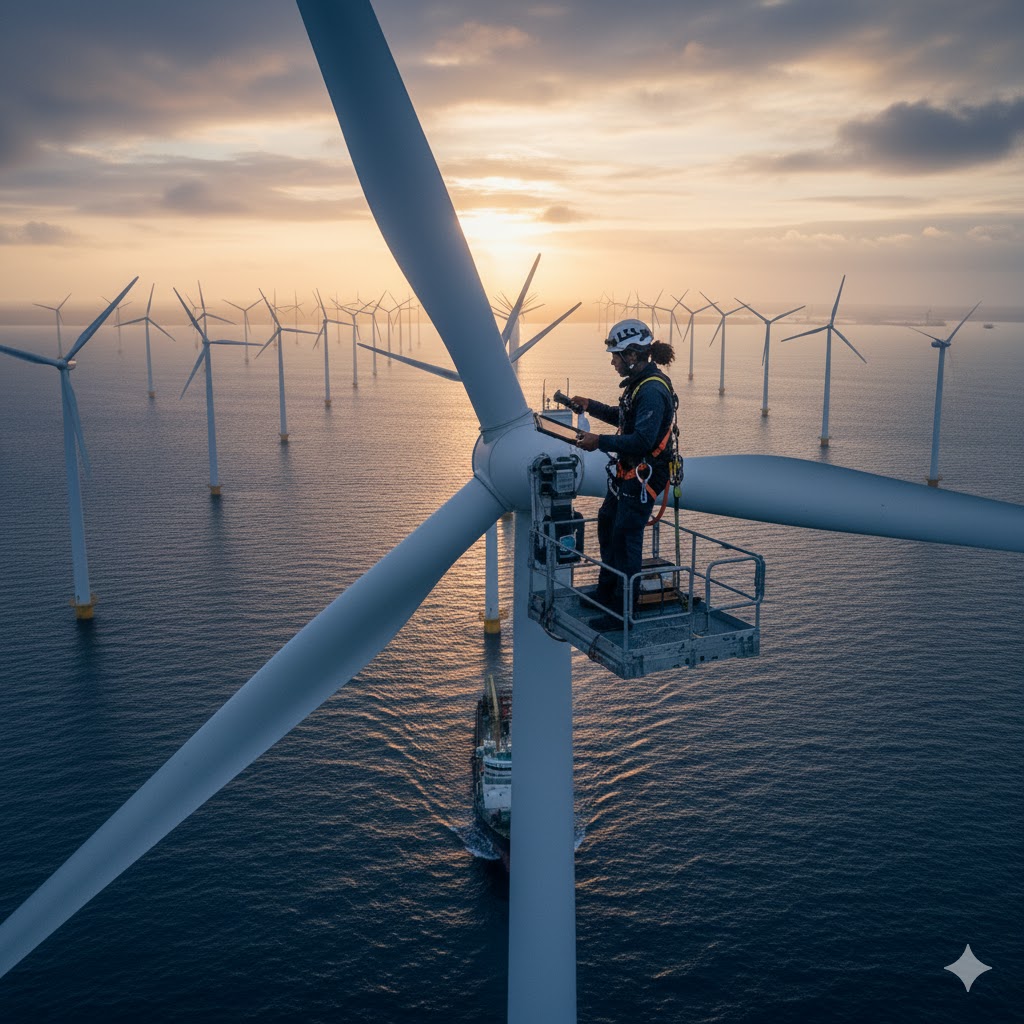
Electrical, Control, and Structural Integrity
Although electrical components may require less frequent maintenance than mechanical parts, many faults originate in electrical systems.
System Monitoring and Protection
The turbine’s internal computer system continuously tracks operations to maintain optimal performance.
The SCADA system monitors key parameters, including wind speed, power output, generator status (frequency, voltage, current, temperature), transformer condition, gearbox performance, and hydraulic system data (pressure, leakage, temperature).
Safety and Structural Maintenance
-
Tower Integrity: Regular inspections identify weld faults, coating degradation, and mechanical damage. Cleaning removes oil leaks and dirt. Tower durability relies on high-quality paint and coating.
-
Lightning Protection System (LPS): Regular inspection and replacement are essential to ensure reliability and minimize downtime risk.
-
Safety Systems: The braking system and other safety mechanisms must be maintained to ensure safe and efficient turbine operation.
Compliance and Data Documentation
A comprehensive inspection, known as the WTG Walk Down Inspection (Wind Turbine Generator), involves technicians physically checking all major systems—blades, hub, nacelle, electrical, control, and brakes. This process is typically conducted monthly or quarterly to ensure maximum safety and efficiency.
All maintenance data, monitoring results, and inspection findings must be accurately recorded, including the date, duration, and specific work performed. Documentation is especially important for component failures or replacements.
Unscheduled maintenance must also be carried out and recorded following unusual events, such as major storms, before the turbine resumes operation.
💬 Need Expert Support for Wind Turbine Maintenance?
At OTS Offshore Trading & Services Co., Ltd, we specialize in providing reliable, cost-effective, and professional maintenance solutions for wind turbines and offshore energy systems.
Our experienced technical team ensures your assets operate safely, efficiently, and with maximum uptime.
📍 Head Office: 63/18A Co Giang Street, Vung Tau Ward, Ho Chi Minh City, S.R. Vietnam
🏭 Workshop: 42H, 30/4 Street, Tam Thang Ward, Ho Chi Minh City, S.R. Vietnam
🧾 VAT No.: 3502308629
👤 Legal Representative: Mr. Nguyen Huy Vuong – Director
📞 Phone: 0254 354 0969 | 0908 52 54 74
📧 Email: [email protected] | [email protected]
🌐 Website: www.ots-tl.com
🚀 Contact OTS Offshore today to optimize your wind turbine performance and extend your equipment lifespan.
Your trusted partner in renewable energy maintenance and offshore services.
